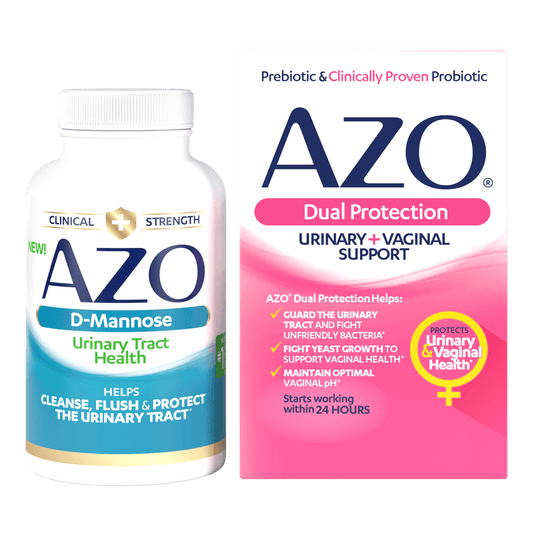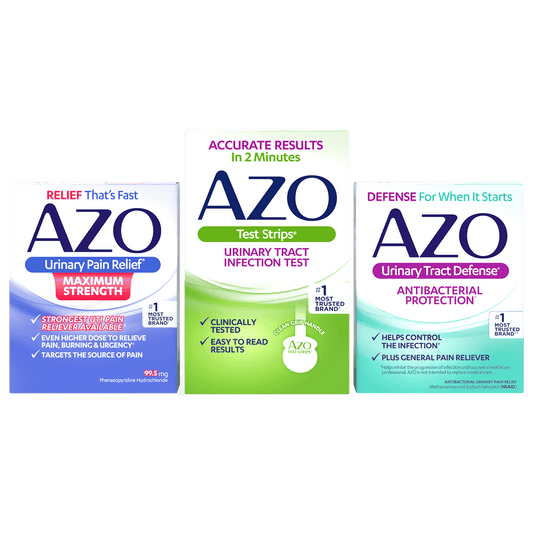
A healthy vagina maintains a good balance between acid levels, yeast, and helpful bacteria. Sometimes this balance gets off track, causing too much yeast and leading to a yeast infection. Lots of women get these infections, but they're usually easy to treat. However, if you ignore them, they can turn into bigger problems. Having yeast infections often might mean you have other health issues.
How Do I Know If I Have A Yeast Infection?
When you have a vaginal yeast infection, you might feel itchy, swollen, or sore. According to the Mayo Clinic, you might also have a rash, pain when you pee or have sex, or a thick, white vaginal discharge that looks like cottage cheese. Everybody's experience is different; however, a physician can determine the presence of a yeast infection by obtaining a vaginal swab and conducting a microscopic analysis to identify yeast cells. In the meantime, a Vaginal pH test can help determine the type of vaginal infection.
Why Did I Get A Yeast Infection?
The main cause of yeast infections is a type of yeast called Candida albicans. Normally, this yeast and good bacteria live in harmony in your body. But when something messes up this balance—like your period, eating too much sugary food, taking antibiotics, or feeling stressed or tired—the yeast can overgrow and cause an infection. Certain health issues like diabetes or treatments that weaken your immune system can also throw off your body's ability to keep the vaginal environment healthy.
Easy Ways to Lower Your Chances of Getting a Yeast Infection:
- Eat healthy food with less sugar
- Maintain vaginal hygiene by cleansing the area with mild soap and warm water.
- Avoid using strong soaps, douches, or sprays
- Wear underwear made of natural fabrics like cotton instead of synthetic materials like nylon or thongs
If you do have symptoms of a yeast infection, see a healthcare professional. They can tell you if it's really a yeast infection and give you the right yeast infection treatment. Most yeast infections can be treated with antifungal medicines you can buy at the store. But if you're not sure, it's best to see a doctor.
Do AZO® Products Help Yeast Infection Symptoms?
For relief from vaginal yeast infection symptoms, you can try products like AZO® Yeast Plus. AZO® Yeast Plus can help with itching, burning, and unusual discharge or odor.** Always follow the instructions on the package.
How Long Does AZO® Yeast Plus Take To Provide Relief?
If your symptoms don't get better after a few days or if they stick around for more than a week, stop using the product and see your doctor.
How Can I Proactively Protect My Vaginal Health?
For a proactive approach to vaginal health, you can also try AZO® Complete Feminine Balance, a daily probiotic for vaginal health designed to restore the natural balance of good bacteria and help maintain a healthy pH.*
* THESE STATEMENTS HAVE NOT BEEN EVALUATED BY THE FOOD & DRUG ADMINISTRATION. THIS PRODUCT IS NOT INTENDED TO DIAGNOSE, TREAT, CURE, OR PREVENT ANY DISEASE.
**These statements have not been evaluated by the Food and Drug Administration. This product is based on theories of homeopathy
NOTE: AZO® Yeast Plus will not prevent a yeast or vaginal infection.
1 https://www.medicinenet.com/yeast_infection_in_women_and_men/article.htm
2 https://www.healthline.com/health/vaginal-yeast-infection#symptoms






